
Take 5 minutes to catch up on NeurologyLive®'s highlights from the week ending November 7, 2025.

Take 5 minutes to catch up on NeurologyLive®'s highlights from the week ending November 7, 2025.
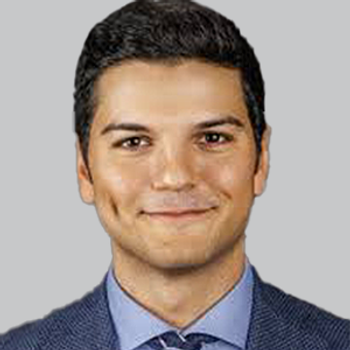
A new study presented at the National Society of Genetic Counselors Annual Conference highlights strong interest among individuals at risk for Huntington disease in undergoing modifier gene testing, underscoring the growing role of genetic insights in personal and clinical decision-making.

Axsome Therapeutics advances AXS-05 for Alzheimer agitation, showcasing promising trial results and potential for treating major depressive disorder.

A new study presented at NSGC 2025 showed that patients living with amyotrophic lateral sclerosis considering medical aid in dying often experienced emotional and logistical challenges with the process.
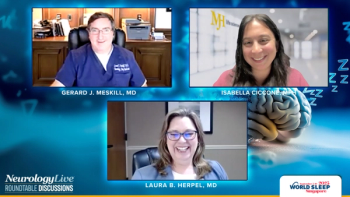
Experts discussed the prevalence of comorbidities in narcolepsy and how targeted therapies, particularly oxybate, can improve both sleep quality and associated psychiatric symptoms. [WATCH TIME: 9 minutes]

A recent study highlights the link between genetic neurodevelopmental disorders and increased gastrointestinal issues in pediatric patients, emphasizing the need for targeted care.

A new study reveals that early treatment with the Nerivio wearable significantly enhances migraine relief, doubling efficacy outcomes for patients.

Brad Racette, MD, FAAN, the Kemper and Ethel Marley Chair for Neurology at Barrow Neurological Institute, discussed his keynote lecture on the neurologic health effects of electric vehicles and the global implications of environmental exposure.

Experts discussed findings, presented at the 2025 World Sleep Congress, showing how once-nightly oxybate improved adherence, quality of life, and partner burden in patients with narcolepsy. [WATCH TIME: 9 minutes]

Spingogenix presents promising data on SPG302, a daily tablet showing cognitive improvements in ALS patients with excellent safety profiles.
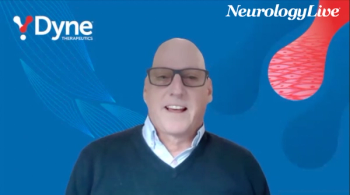
The chief medical officer at Dyne Therapeutics discussed the scientific rationale and clinical progress of z-basivarsen, an antisense oligonucleotide therapy designed to correct mis-splicing in myotonic dystrophy type 1. [WATCH TIME: 5 minutes]

A 2025 study published in Neurology® found that people with both gum disease and dental cavities face significantly higher long-term risks of stroke and major cardiovascular events compared with those with good oral health.

An investigator at Kuakini Health Systems spoke about the global importance of the Honolulu-Asia Aging Study, highlighting its history and findings, including data surrounding the diagnosis of neurodegenerative diseases. [WATCH TIME: 11 minutes]

Feedback from the FDA allows CervoMed to move forward with the proposed primary and secondary end point of the phase 3 trial assessing neflamapimod in dementia with Lewy bodies.

FDA issues a complete response letter for Biohaven's troriluzole, a potential treatment for spinocerebellar ataxia, citing data concerns.

New clinical trial results show LT3001's promise in treating acute ischemic stroke, demonstrating safety and improved patient outcomes without complications.
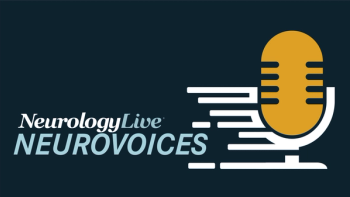
The associate professor of physical medicine and rehabilitation at Virginia Commonwealth University discussed his passion for educating others about electrodiagnosis and ultrasound in neuromuscular disorders.

A physician assistant who specializes in neurology previewed her upcoming presentation on evaluating patients with headache at the 2025 Baptist Miami Neuroscience Symposium.
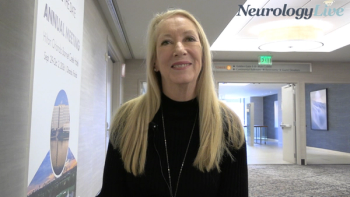
The neuroscience program coordinator at Loyola University Medical Center talked about a recent global nurse survey for those caring for patients with generalized myasthenia gravis. [WATCH TIME: 5 minutes]

A phase 3 study evaluates remibrutinib's safety and efficacy for generalized myasthenia gravis, promising new treatment options for patients.

A phase 1/2 trial explores YTB323, a CAR T cell therapy, for treating generalized myasthenia gravis, aiming to enhance patient outcomes and safety.

A phase 3 study will evaluate iptacopan's efficacy in treating generalized myasthenia gravis, focusing on daily living activities and safety outcomes.

UCB's Kygevvi becomes the first FDA-approved treatment for thymidine kinase 2 deficiency, offering hope to patients with this rare neuromuscular disorder.
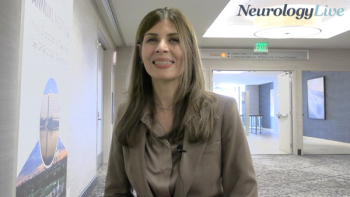
The associate professor of clinical neurology at Keck Medicine of USC discussed advancements in therapeutics, the growing focus on biomarkers, and ongoing challenges in myasthenia gravis. [WATCH TIME: 4 minutes]

Gregory Hawryluk, MD, PhD, a neurosurgeon at Cleveland Clinic, spoke on the development and clinical impact of new global guidelines for penetrating traumatic brain injury.
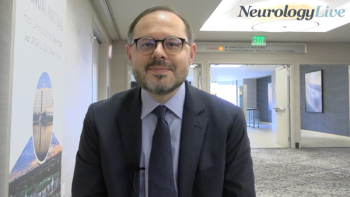
The associate professor of neurology at Yale School of Medicine discussed 52-week data from the phase 3 MINT trial of inebilizumab in patients with generalized myasthenia gravis. [WATCH TIME: 5 minutes]

Here's some of what is coming soon to NeurologyLive® this week.
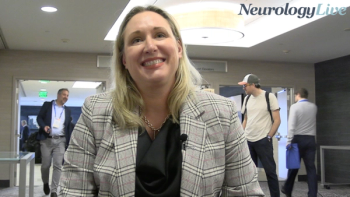
The head of Rare Diseases US at UCB talked about the company’s latest data on rozanolixizumab and zilucoplan in patients living with generalized myasthenia gravis. [WATCH TIME: 3 minutes]

The chief medical officer at Mandos Health discussed new CNS 2025 data on adrabetadex in infantile-onset Niemann-Pick type C and the growing evidence of its potential disease-modifying impact.

Test your neurology knowledge with NeurologyLive®'s weekly quiz series, featuring questions on a variety of clinical and historical neurology topics. This week's topic is on the 2025 AANEM Annual Meeting!